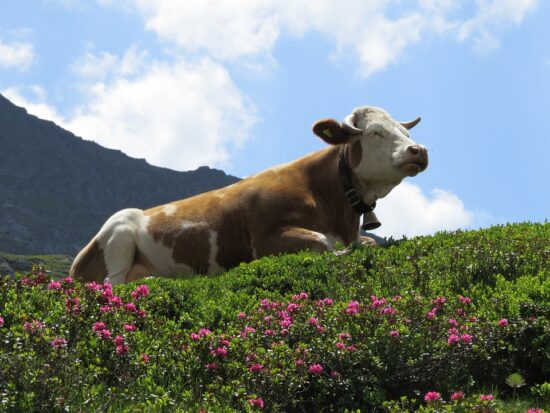Assessing the role of livestock and sympatric wild ruminants in spreading antimicrobial resistant Campylobacter and Salmonella in alpine ecosystems
Results show that free-ranging cattle and sheep are spreaders of Campylobacter as well as their AMR strains in the alpine environment. Therefore, contaminated alpine pastures or streams may constitute a source for the dissemination of AMR enteropathogens. However, apparently, alpine wild ungulates such as Pyrenean chamois play a negligible role in the epidemiology of zoonotic enteropathogens and AMR, and are not potential bioindicators of the burden of alpine environments.
AMR NEWS
Your Biweekly Source for Global AMR Insights!
Stay informed with the essential newsletter that brings together all the latest One Health news on antimicrobial resistance. Delivered straight to your inbox every two weeks, AMR NEWS provides a curated selection of international insights, key publications, and the latest updates in the fight against AMR.
Don’t miss out on staying ahead in the global AMR movement—subscribe now!







